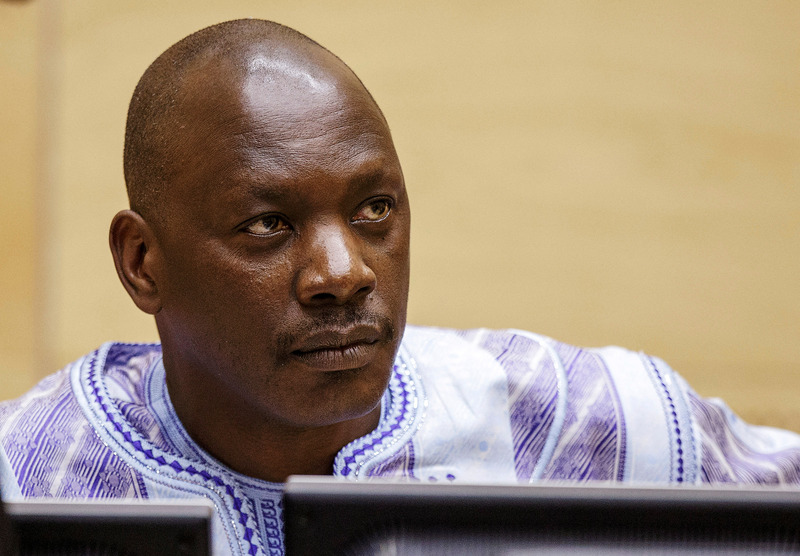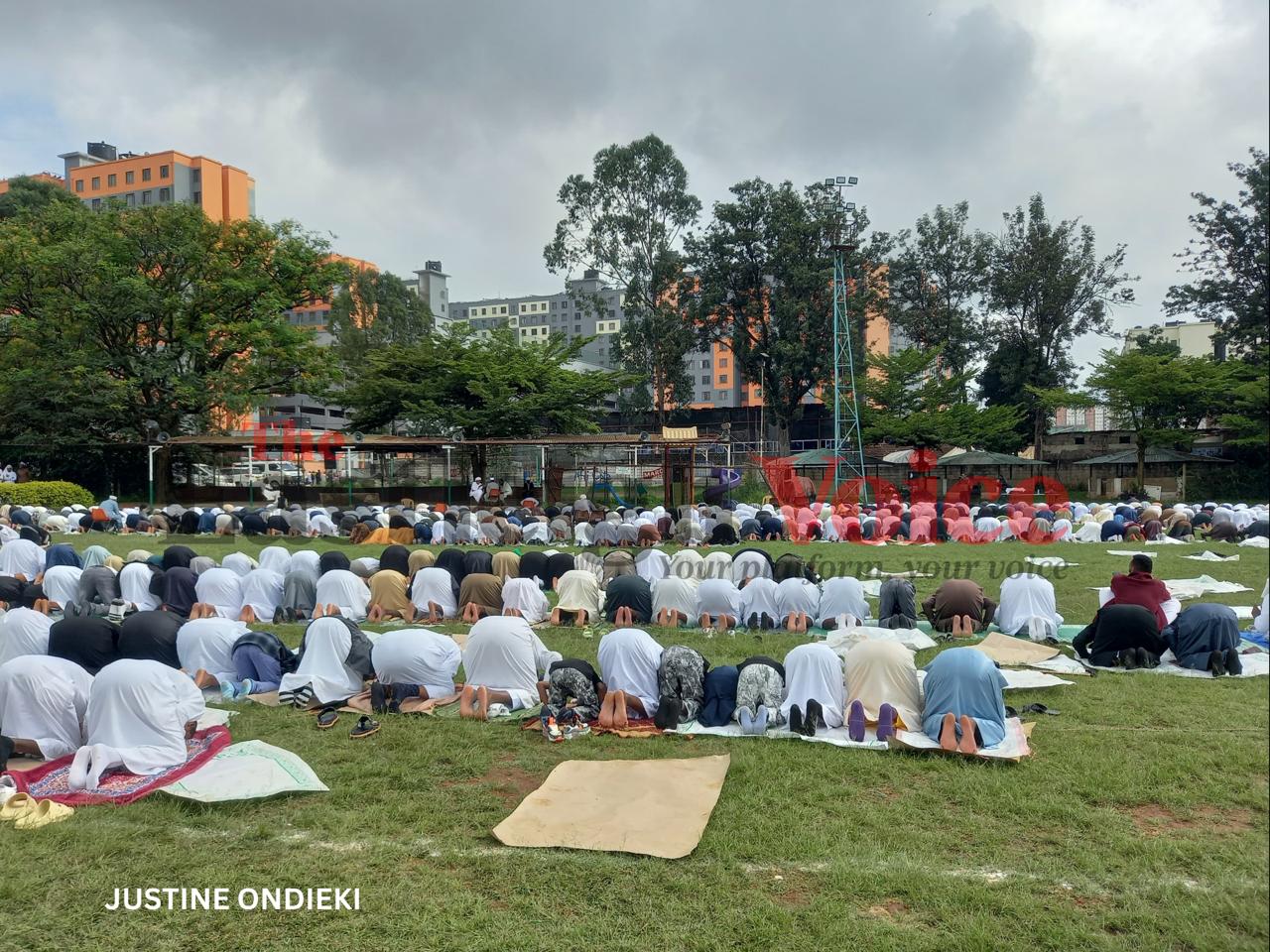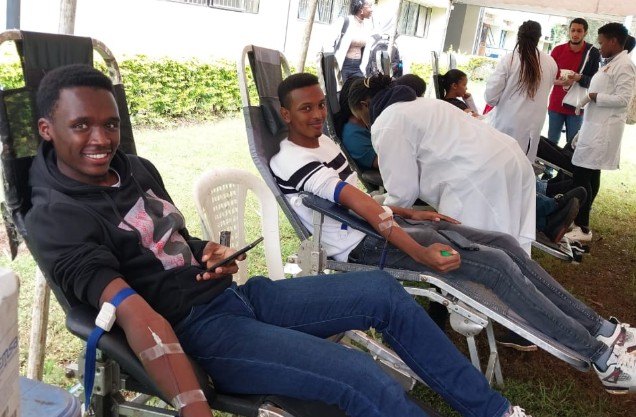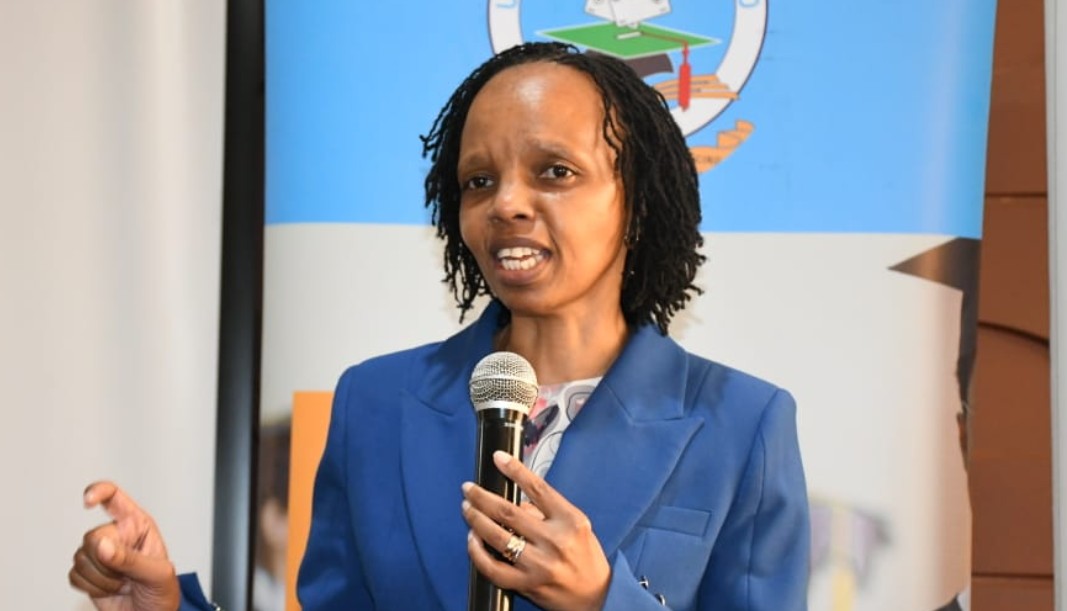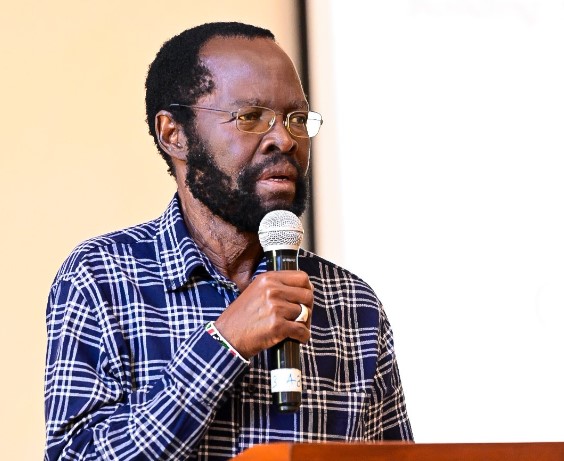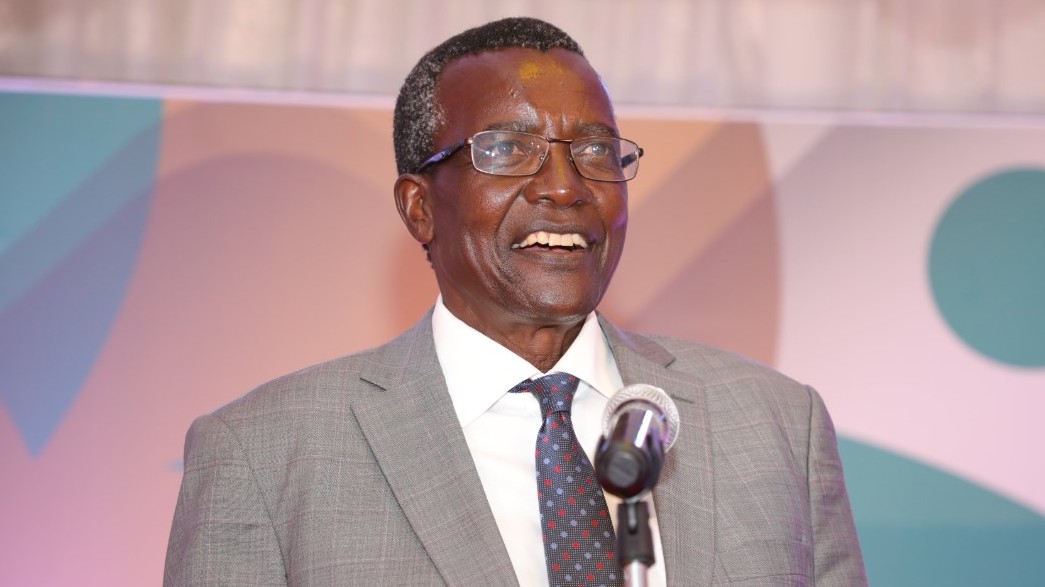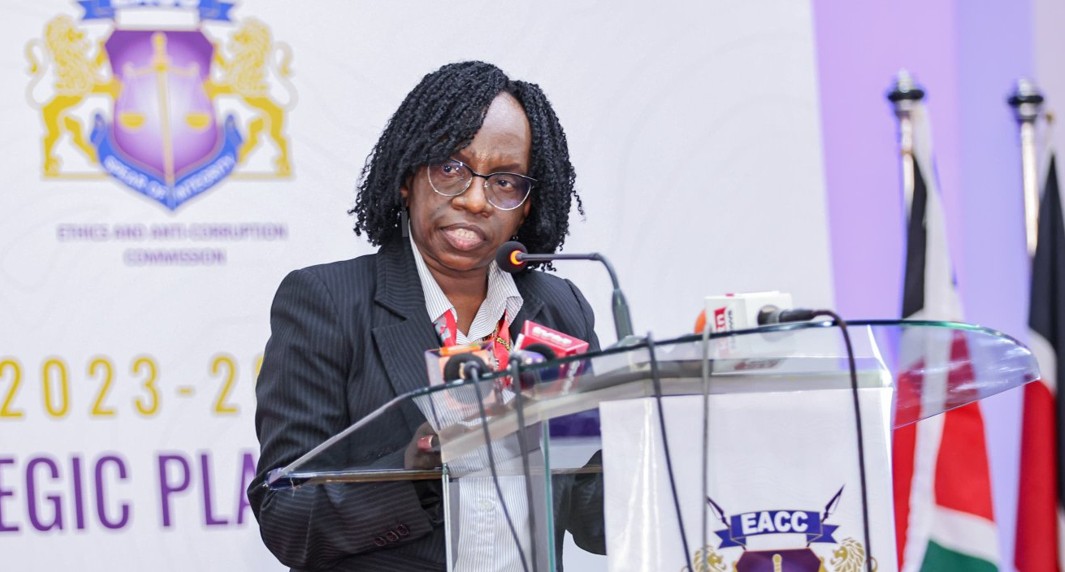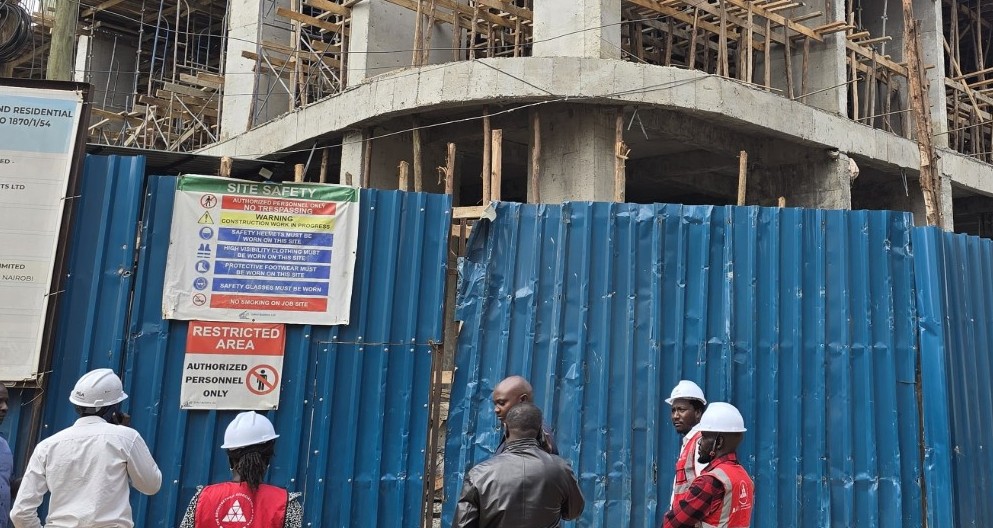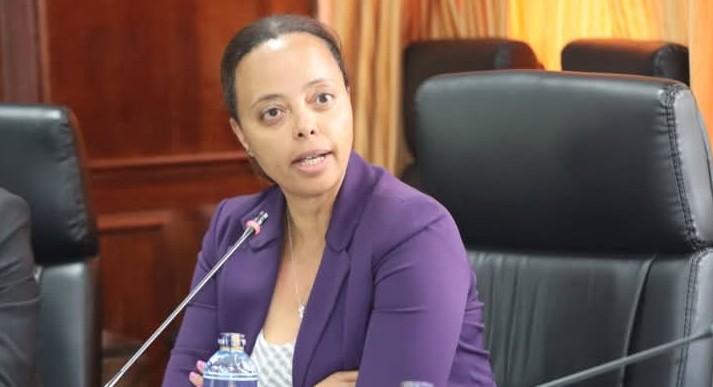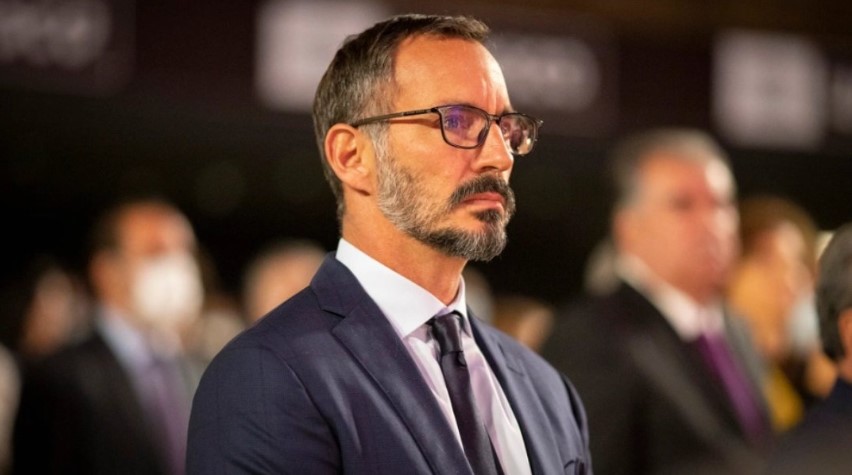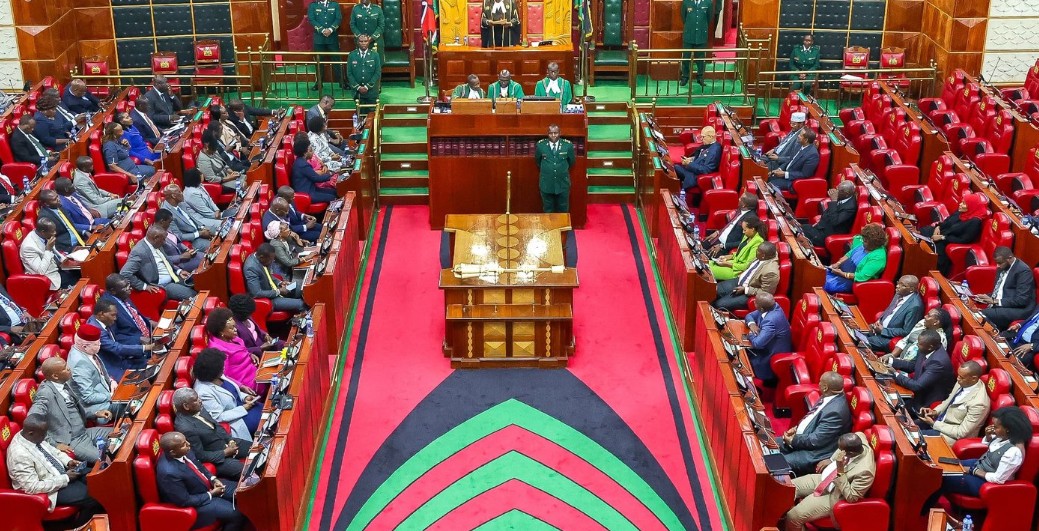State warns of looming crisis in varsities after court nullifies Ruto’s funding model
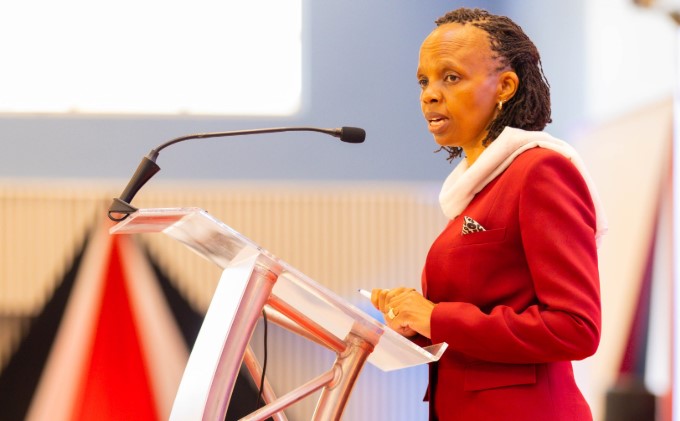
However, Education Cabinet Secretary Julius Ogamba announced that the government plans to modify the new university funding model.
The government has cautioned of severe consequences after the High Court nullified the new university funding model introduced by President William Ruto’s administration.
According to the Kenya Universities and Colleges Central Placement Service (KUCCPS), the court ruling jeopardises the education of 234,811 students admitted to universities in 2023 and 2024, who now face an uncertain future.
More To Read
High Court Judge Chacha Mwita ruled that the new funding framework was unconstitutional and discriminatory, citing insufficient public participation during its development.
In response, the government said it is exploring contentious measures, including reducing student funding to 30 per cent of the recommended levels, raising the university entry cut-off grade, or limiting the number of students receiving financial support.
KUCCPS Chief Executive Officer Agnes Wahome described the ruling as "really unfortunate" and warned of significant repercussions for both students and universities. She explained that KUCCPS has reverted to placing all students who score C+ and above under the differentiated unit cost (DUC) model, the previous funding system.
The now-invalidated model aimed to combine government scholarships and loans based on students’ financial needs, intending to enhance equity in higher education and ease the financial burden on families.
However, Wahome noted that the government has never met the 80 per cent funding recommendation under the DUC model, and current financial constraints mean students are funded at less than 30 per cent of the required allocation.
“The honourable court needs to know that the government has never and will not be able to afford the recommended 80 per cent DUC. KUCCPS continues to place all (who score) C+ and above, who will then share the available budget as DUC, meaning funding a student at less than 30 per cent,” Wahome said.
Wahome also revealed that the government might raise the university entry cut-off grade, a move that would limit access to government sponsorship. She warned that this could push students, particularly those scoring C+ and B-, into self-sponsored programmes, leaving many from poor families unable to afford higher education.
“Children from poor families, mainly from day schools, will not afford university education,” she said.
Modify funding model
However, Education Cabinet Secretary Julius Ogamba announced that the government plans to modify the new university funding model.
He noted that the government is taking steps to address the concerns raised by the court.
"The President formed a working party committee to re-examine the entire funding model and refine it to ensure the next cohort does not face the same challenges encountered during the admission of the current cohort. That committee is continuing its work," he said.
He further explained that an interim report has already been introduced, which will be reviewed before a final report is released.
Other Topics To Read
- Education
- KUCCPS
- Kenya Universities and Colleges Central Placement Service
- Agnes Wahome
- julius ogamba
- University funding model
- Education Cabinet Secretary
- university fees
- university loans
- university Education
- State warns of looming crisis in varsities after court nullifies Ruto’s funding model
- Headlines
Once finalised, he said, the government will implement the revised model to ensure it adequately serves its purpose, ensuring no student is left behind.
Top Stories Today
